Some people enjoy math and miss things like algebraic equations from their old, school days. Yes, my hand is up indicating that I’m one of those people. Stick with me here, though. A lot of people cringe when their child comes home and asks for help with their math homework. No matter which group you fall into, or somewhere in between, it seems that everyone I’ve met just really did not like solving word problems. That includes me. But, as teachers, we must teach word problems for the good of our students. Why, you might still be wondering? Keep reading. This week we are chatting about word problems, how to teach them, and word problems in the digital age.
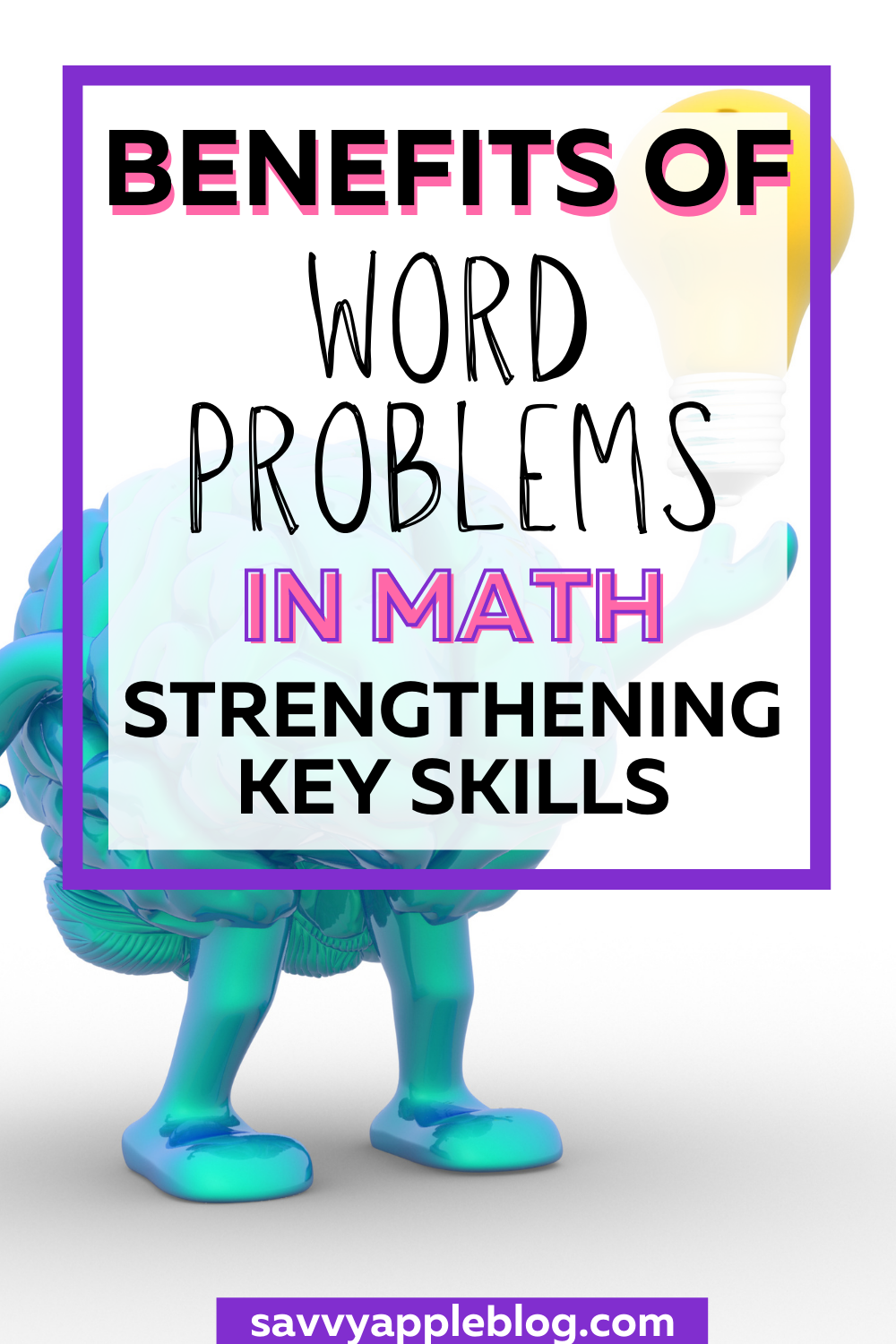
Benefits
First, let’s chat about the benefits of word problems. They force us to use concepts that we have already learned to solve more complex problems. This learning skill will continue to help us throughout life. Visual learners are more likely to enjoy these problems because imaging the problem helps to solve the problem. This can help struggling math students learn concepts in a new way. Students also practice their critical thinking skills when solving word problems. They must dig deep and use multiple and older skills to figure the word problem out.
Keep reading for another benefit of word problems.
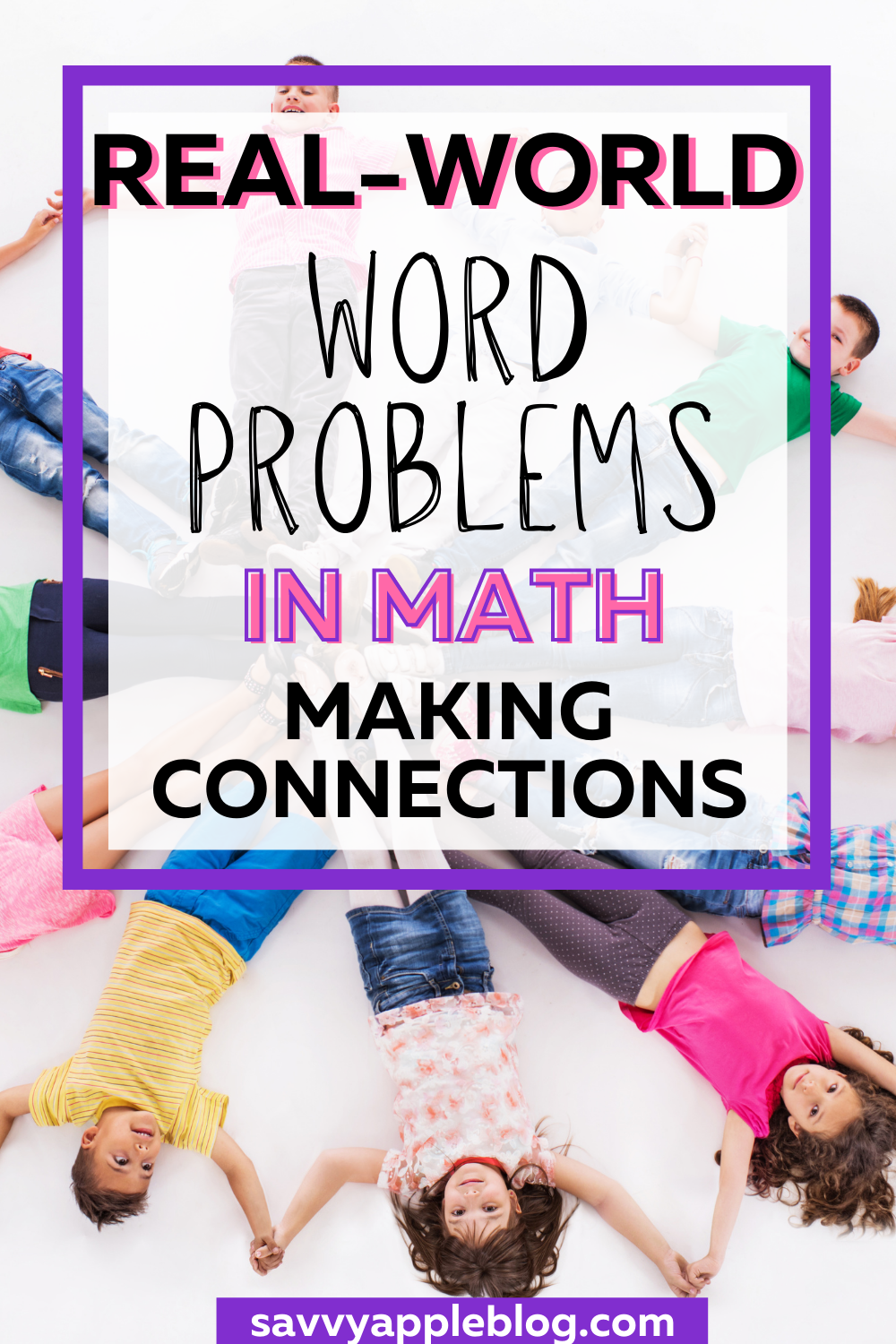
Real-Life Word Problems
Word problems that use real-world scenarios and objects helps students understand how learning math will help them later in life. Real-life scenarios can also help students act out word problems to help them better understand what is being asked of them. Take for example…
Snack Time
Now if you’ve been reading this blog for at least a few weeks, you know I like to throw in some excuses for you to have a yummy treat with your kiddos. It’s such a great end-of-the-week routine that your students will find fun! Today’s tip does not involve pizza, but you could use one to create a word problem. (Read about a reason to throw a class pizza party here)
This week I’m suggesting that you get creative with snack time and make word-problem solving fun and healthy. There are many word-problem examples that use food and other everyday objects. If you have trouble finding one to correspond with your classroom’s favorite snacks, then create your own word problem.
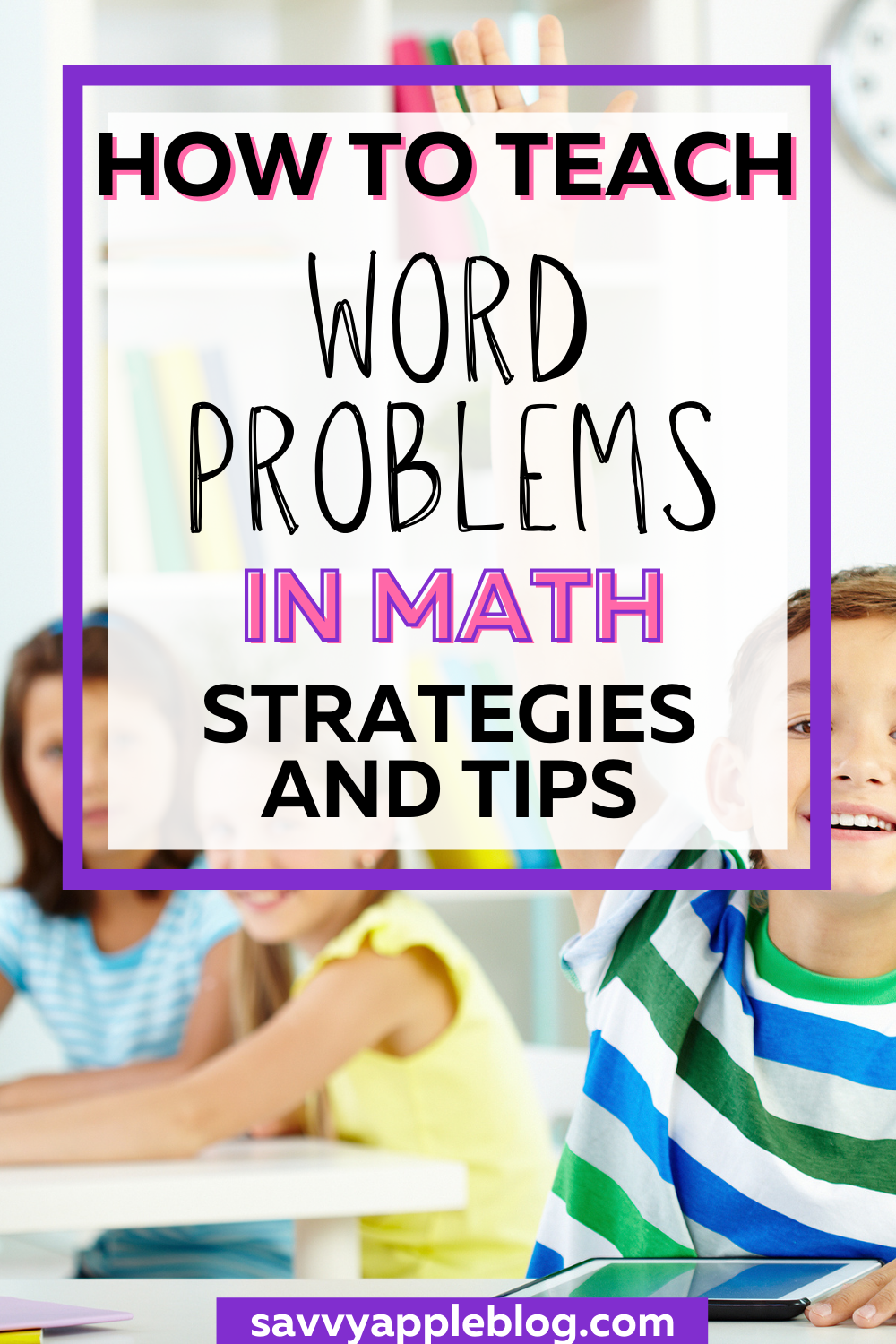
How to Teach Word Problems
Some teachers find it helpful to teach word problems for a short period of time each day. You could break up the steps to solving a word problem throughout the week. Introduce the problem on Monday and conclude and assess on Friday. Students can begin the week by acting the problem out and thinking about what information the problem is providing. This works well with younger students.
It does not have to be the only time you teach word-problem solving, but it provides additional time for learning the concepts. It could also be a word problem that builds upon the knowledge they are learning during math time. Make it fun and tailor it to your students’ needs and interests. Math journals are great for your students to use with this teaching concept. It also gives you a chance to see their work in one place.
Important Steps
When modeling how to solve word problems, always start by reading it a few times to your students. This is an important first step for them to take. Usually, students want to take the numbers out of the problem and conduct some form of action with them. Teaching them to slow down and read the problem a few times will help them in the long run.
Second, write the problem in sentence form. With very young students, have this written for them with the appropriate blanks. This preps them for 1st grade when they will begin to write their own sentence forms. Next, use representations for the children to visualize the problem. This can happen with real-life objects, imaginary objects, or math mats. Finally, cover computations. Some students may want to jump ahead of other steps to this part. But, slow them down. There’s a reason for walking them through these steps. It will help them with more complex problems. We want to get their thinking skills going.
2nd Graders
Older students have the additional benefit of being able to read word problems themselves. Even if you have some struggling readers, what they can read will help them solve the problems. Reintroduce “join” and “separate” word problems from 1st grade. Then, move on to more complex problems. “Compare” word problems are more challenging for this age group. Try not to provide them too much support. Anchor charts can be beneficial, and many teachers use them to help students. The stumbling block occurs when students rely too heavily on them and “forget” to think through the situation.
1st Graders
Many teachers introduce their students to their preferred strategy of solving word problems early in the year. Some create “squares” to walk their students through a problem and identify important information. I’m not going to touch on that in today’s post. If you’ve taught word problems before, you have your own system in place.
Modeling how to solve word problems is one of the most important parts of teaching it to our students. Walk through it slowly. Step by step. “Join” and “separate” word problems are the first to be introduced to students. These are easy for students to act out. “Part-part-whole” word problems are usually introduced next. These help with conceptual understanding.
Kindergarteners
Kindergarten students should be introduced to a more formal approach of solving word problems. They were practicing and solving these back in preschool without even knowing what they were doing. Ask any preschool teacher or parent who let their child help them in the kitchen. Food items work so well in word problems. 😉 Some teachers think that because most kindergarteners are not fluently reading, word problems should wait until 1st grade. This is far from the truth. Allow younger students to use their fingers or objects to help them visualize and solve the problem.
Question-Less Word Problems
A fun way to also teach how to solve word problems is by reversing the process. Show students pictures that can be used to tell a story. Ask students what they are seeing. Don’t try to give them the sentences you want to hear; just keep them guided towards mathematical observations. After they have observed all that they can, again try to guide them towards creating a mathematical question that can be answered using their observations.
Make this fun for your class. Use objects that your students are interested in to keep them engaged. Use real-world objects and situations so that they can relate to the information they are processing.
Digital Word Problems
Like we’ve chatted about before, digital resources are here to stay. They are a fun way to let your students practice word problems digitally. A wonderful part of using them is that digital resources include visual representations that may be otherwise hard to provide as examples. Students can also drag and drop items to help them visualize the problem.
On one screen, multiple strategies can be used by students to solve the problem. Visual instructions also guide them through the process. Speaking of guidance; students who need something repeated can hear the instructions again, and again. This can be helpful for English language learners.
Remember, there are some wonderful ways to incorporate digital resources into your classroom. If you missed that article, click here to read.
Final thoughts…
Don’t we all now wish that our teachers provided all of these engaging ways to teach us how to solve word problems when we were young? I know I do. If you have it, don’t let your anxiety about teaching word problems stop you from teaching it in a fun way to your students. Plan it out. Model. Let them practice.
Here are some final tips:
- Have fun creating your own word problems for your students. Holidays provide an easy way to pique the interest of our students, especially in areas where enthusiasm is lacking.
- Don’t give too many key-word strategies to your students. For example, if you see “in all”, then add. This can defeat the purpose of our students having a true understanding of the problem-solving process. Even if you think it might help those students who are struggling to do better on testing, try to refrain from doing it. Model, let them think, let them practice, and support them!
- And remember, the process is what we want to focus on with our students. Don’t let your students get caught up in the answer.
I hope this chat helped you become more comfortable with teaching word problems. Do you have a go-to strategy that you use to teach how to solve word problems? Comment below and share your knowledge!
I’d also love to hear if you need help teaching parts of the math curriculum. Comment below and let me know.
Don’t forget to get your free copy of my “5 Steps Towards Creating Digital Math Lessons” workbook. Click here to get.
Talk to you next week!
Jess @ Savvy Apple
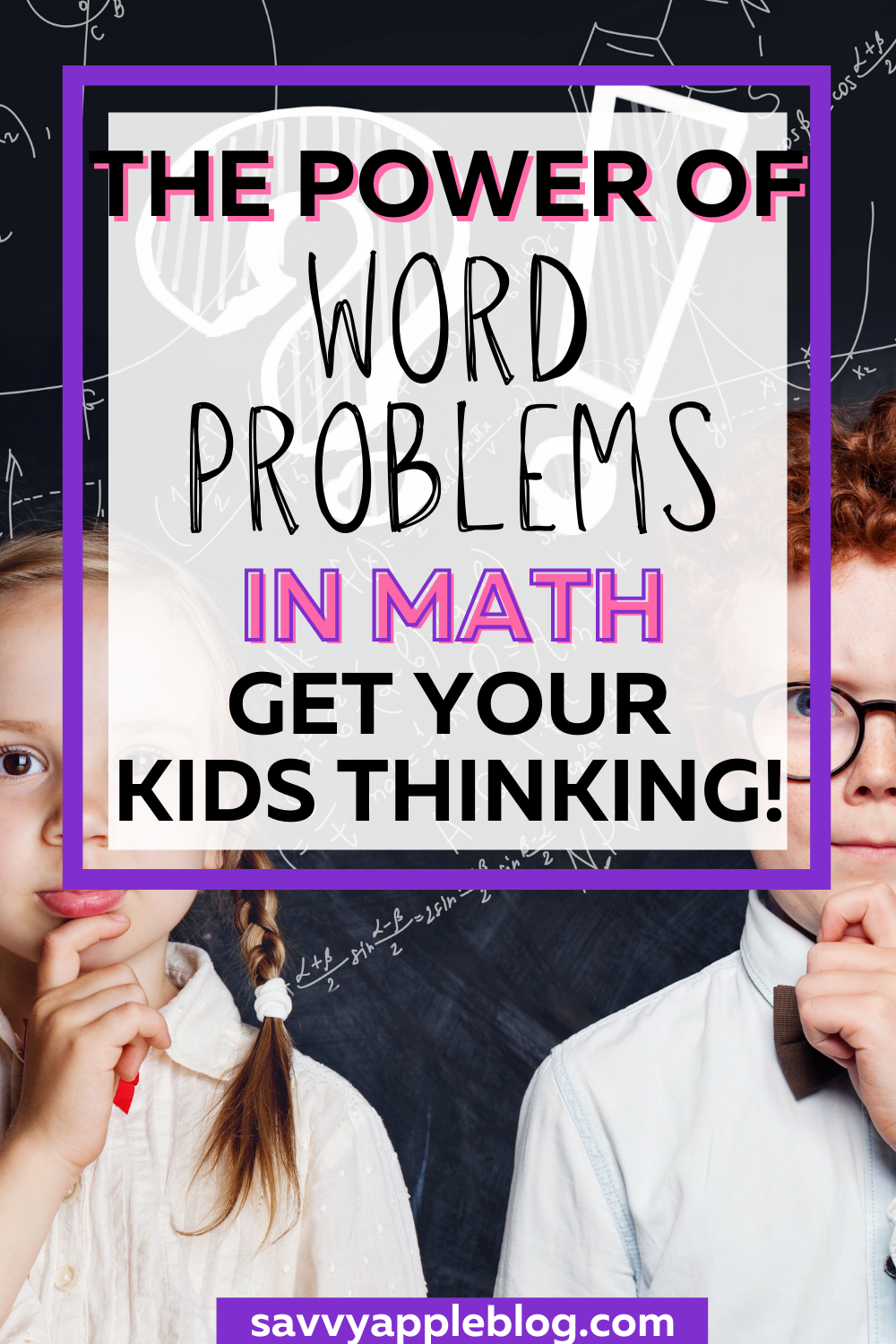
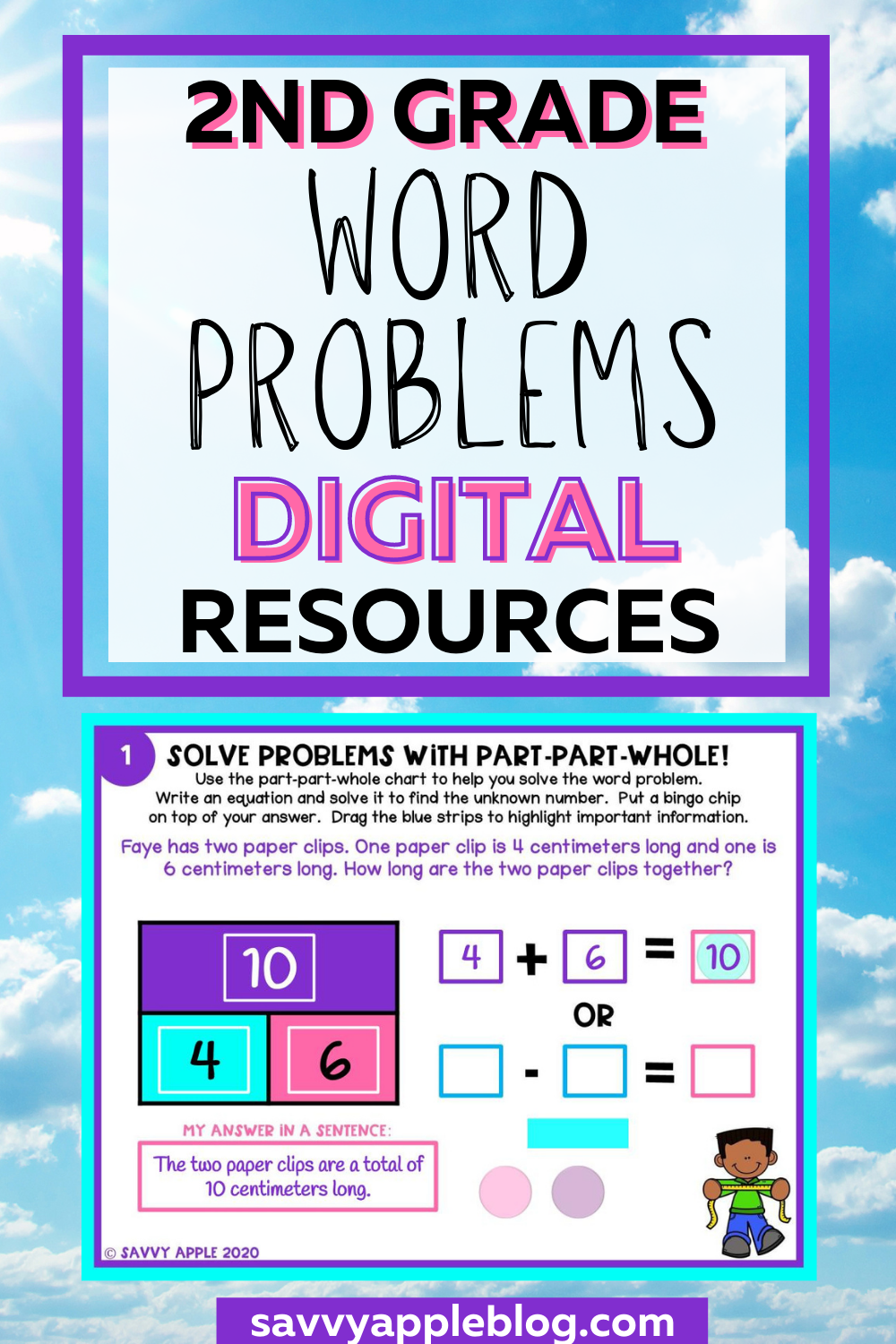
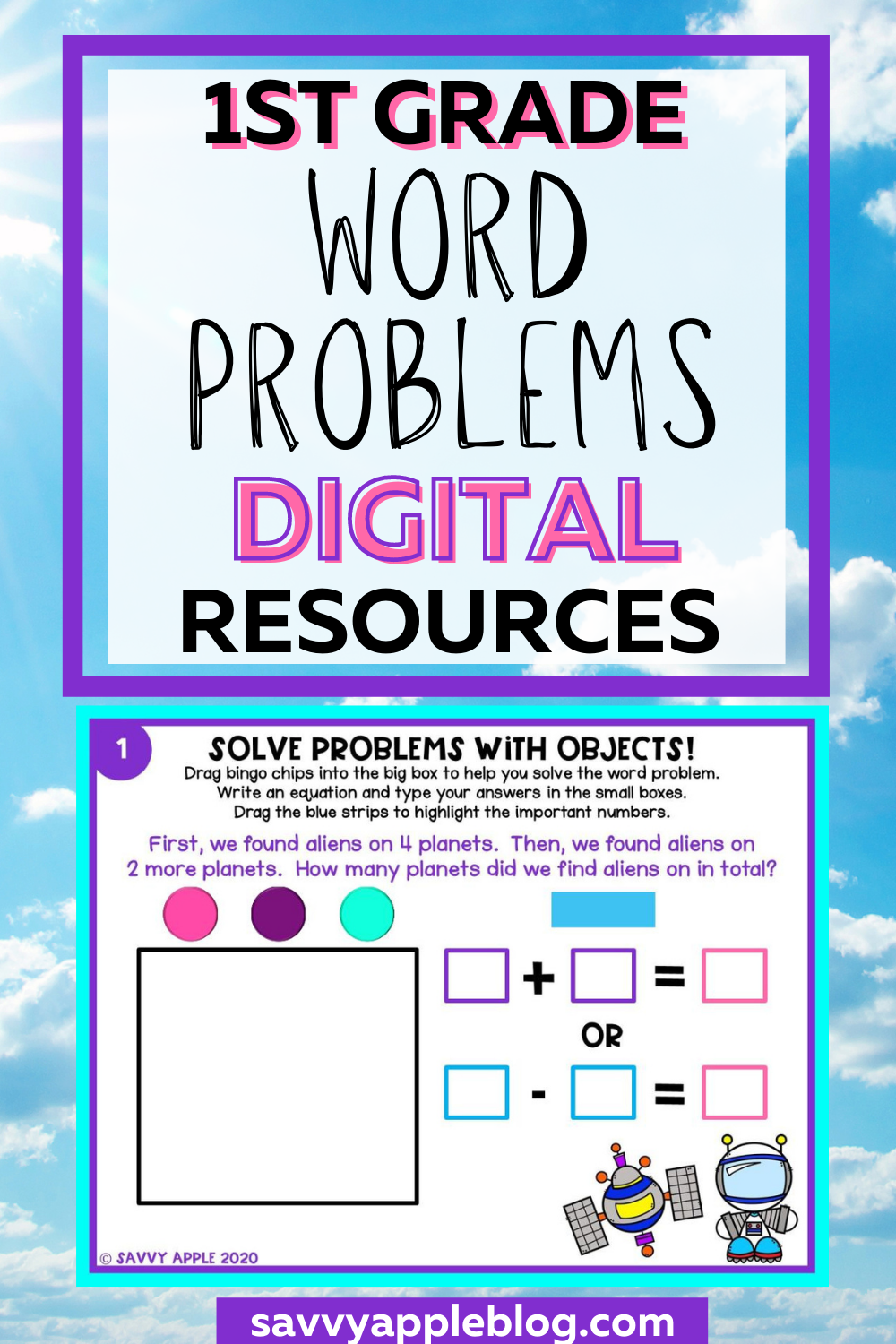
Thank you so much for sharing such wonderful tips about integrating world problems with real world applications. I am really excited to integrate into my snack time routine as it shows immediate applicability to students.
Aw, thank you for your kind words, Charlotte! I can’t wait to hear how your snack time integration goes! 🙂
Thank you for these helpful tips! I like how you broke it down by grade level.
My pleasure, Rachel! I’m happy the article was useful to you 🙂 Thanks so much for your feedback!
I love that you painstakingly walked us through the steps of making word problems clear for students at various grade levels. It is so important that instructions be developmentally appropriate.
Thank you so much for your thorough feedback, Kimberlie! And I completely agree that instruction must be tailored to meet the age group and/or ability level.
Pingback: Using Holidays to Increase Student Engagement | Savvy Apple